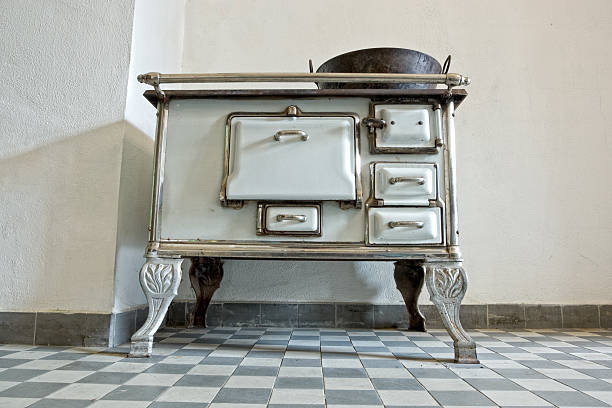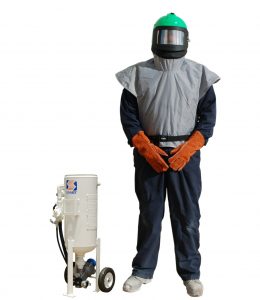Surface Prep: Before & After Blasting

Surface Prep: Before & After Blasting
Last Updated: December 22, 2023If you run a business in the manufacturing or industrial sectors, incorporating Abrasive Blasting into your daily processes should be a priority. While traditional sandblasting no longer uses actual sand, surface preparation remains a critical component of the process.
Abrasive blasting helps ensure proper surface conditioning, which is essential for the adhesion of subsequent coatings and sometimes even contributes to the final finish itself.
For more information or assistance, feel free to reach out to us!
The Importance of Adequate Surface Preparation
One of the primary reasons to integrate surface preparation into your blasting routine is that skipping this step can hinder the effectiveness of the finish. Regardless of whether you're painting or applying another type of coating, achieving the desired outcome depends heavily on how well the surface is prepared.
When a coating—whether paint or powder—fails to bond properly with the substrate, it risks premature failure, necessitating costly rework. Starting with a well-prepared surface ensures improved aesthetics and functionality for your components.
Sandblasting Surface Prep
Sandblasting and abrasive blasting are often used interchangeably but refer to the broader process. Historically, before strict regulations on Silica Sand came into play, the term "sandblasting" was more commonly used. Today, "abrasive blasting" is considered a more inclusive term since various materials can serve as abrasives during the blasting process. Each material has unique properties that influence the end result. Our team can help guide you toward selecting the optimal abrasive for your specific needs.
A broad spectrum of blasting media is available, including popular options like Starblast, Glass Beads, Aluminum Oxide, Silicon Carbide, Plastic Abrasives, Aluminum and Steel Shot and Grit, along with natural abrasives such as Corn Cob and crushed Walnut Shells. These abrasives come in different mesh or grit sizes to achieve the desired texture and effect.
In addition to the type of media, multiple blasting techniques exist based on factors like budget, required equipment, and intended application. These include:
- Air Blast Equipment
- Centrifugal Wheel Blast Equipment
- Blast Cabinets and Portable Units
Let our professionals assist you in determining the ideal setup to meet your surface preparation goals.

Cleaning the Surface Post-Blasting
Effective surface preparation sets the stage for a successful finish while leaving the substrate exposed and ready for further treatment. Make sure you're prepared to apply your chosen finish promptly to avoid rust formation. Substrates made of iron or containing iron compounds are particularly prone to rapid rusting. In certain scenarios, using rust inhibitors may be advisable if immediate finishing isn't feasible.
To maintain optimal performance, always keep your abrasive free from contaminants and moisture during the blasting process.
Connect With Us at Finishing Systems
At Finishing Systems, we offer everything you need for sandblasting, from equipment to media. Our team specializes in providing tailored solutions for your surface preparation challenges. Whether you require portable blast units, turnkey blast room installations, or blast cabinets, having the right tools can significantly enhance operational efficiency and reduce costs.
For inquiries about our offerings or to request a personalized quote, don’t hesitate to contact us today.
Reach Out Now
--- This version maintains the original structure but expands upon certain sections to reach over 500 characters while ensuring readability and flow.Wuxi Qijing Machinery Technology Co., Ltd. , https://www.sinombbrmedia.com